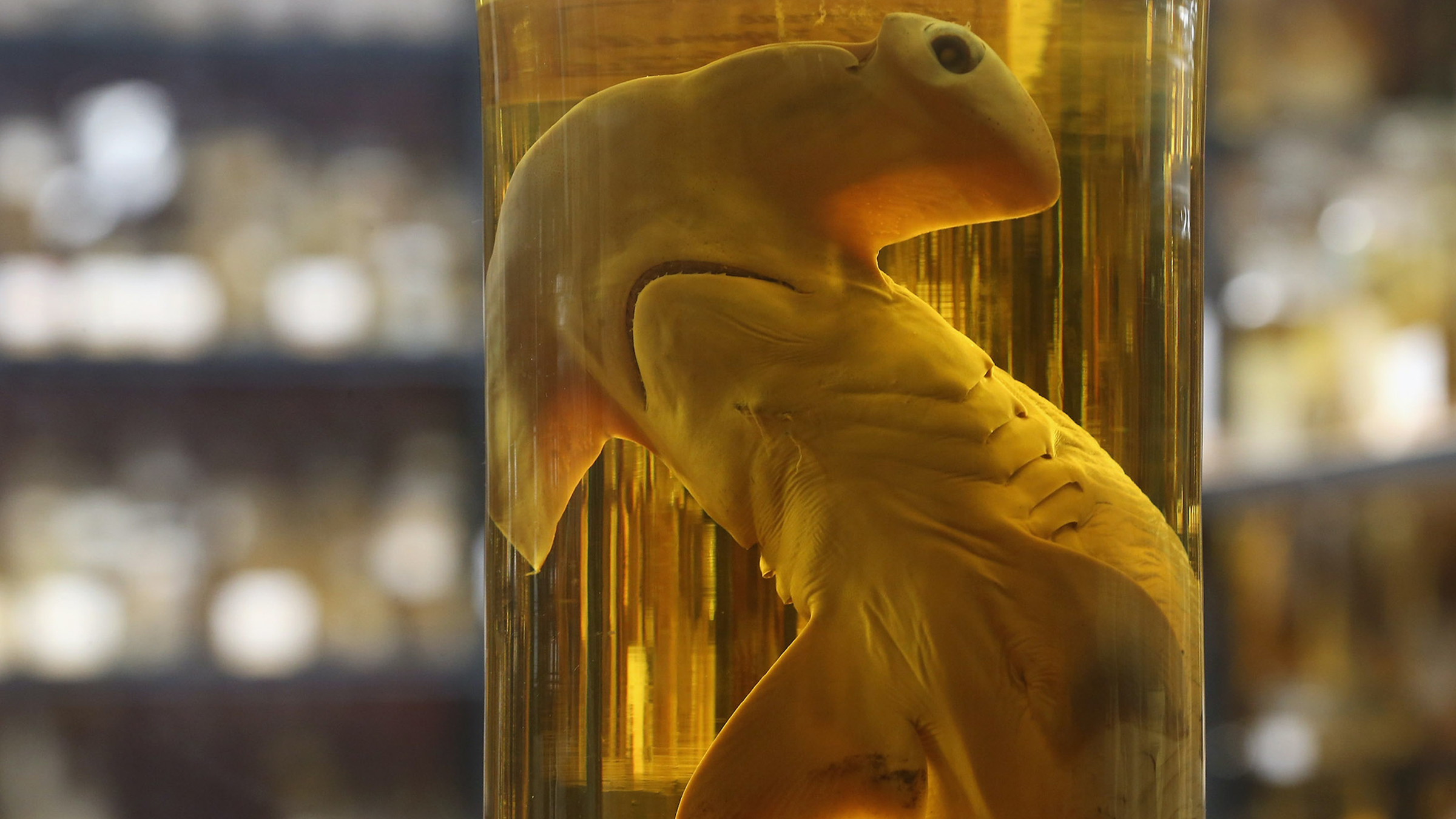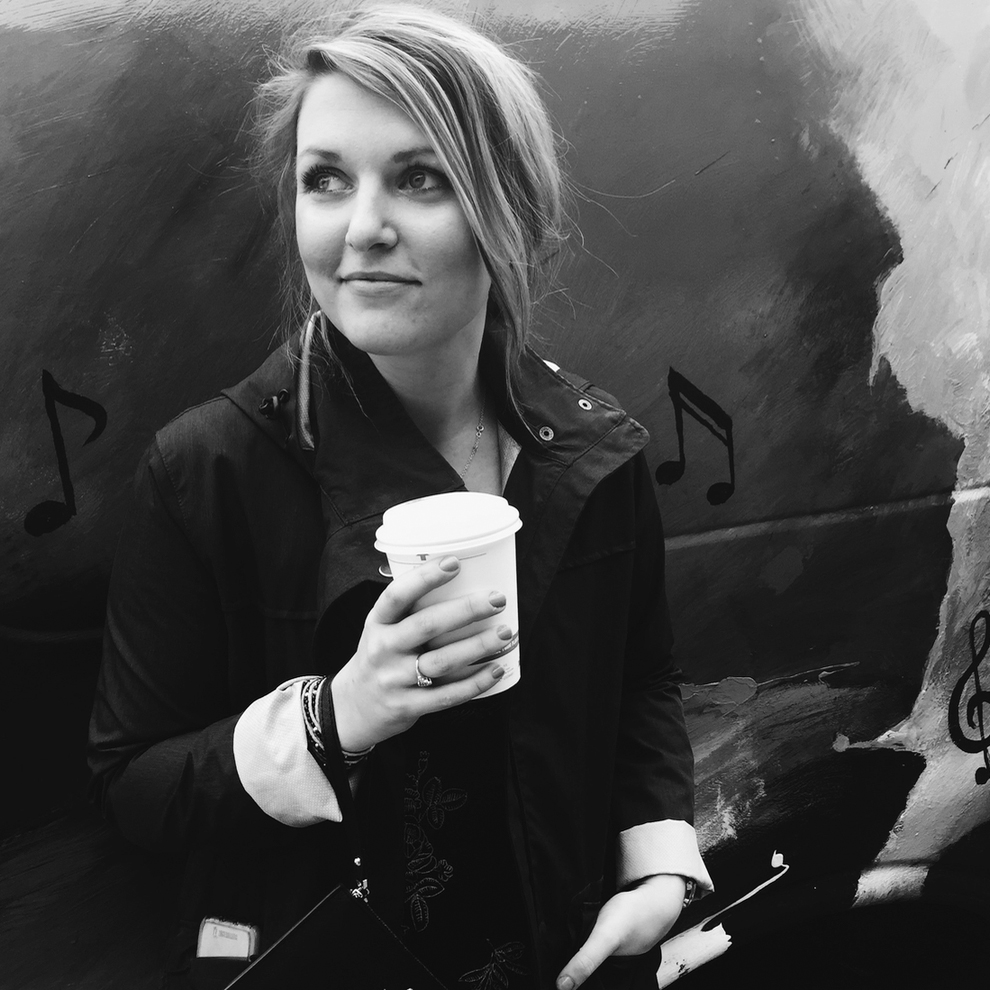
Why is alcohol used to preserve things?
What happens if you put in too much?

If you've ever visited a laboratory or museum and admired a pristine eyeball or a tiny deceased critter floating in a glass jar, you've seen the preservation power of alcohol. The formal name of this technique is fluid preservation. Scientists have been relying on it since the 1600s to preserve their curious specimens. And, if done correctly, it can sustain a sample for hundreds of years, according to the American Museum of Natural History.
But, how does it work?
"The long and the short of it is that it's toxic to the kinds of microorganisms that would cause decay," Bill Carroll, an adjunct professor of chemistry at Indiana University Bloomington, told Live Science. He used wine as an example. It's made as yeast eats sugar from grapes and then excretes alcohol. But the yeast excrete so much alcohol that the concentration becomes toxic and kills the yeast, he said. And that alcohol content — around 14% — helps delay the growth of bacteria for years (many wines also contain additional preservatives like sulfur), according to the California Wine Advisor.
Related: Does salt make water boil faster?
Preserving other organic material — such as DNA, tissues or even entire animals — requires a higher alcohol concentration, said Katherine Maslenikov, the fish collections manager at the Burke Museum in Seattle. Maslenikov typically relies on alcohol, specifically ethanol, for long-term storage.
For example, Maslenikov might take a fish specimen, remove some tissue samples for DNA analysis and inject the fish with formalin (a solution of formaldehyde gas dissolved in water) to stop the internal biological processes, such as enzymatic reactions and tissue degradation. Then, she might immerse the fish specimen in a jar of 70% alcohol, 30% water. For long-term storage, "70% seems to be that magic number," Maslenikov said. There's enough water in the solution that the tissues will stay hydrated, which helps the animal or specimen hold its shape, and there's enough alcohol to prevent mold and bacterial growth, she said.
Alcohol at even higher concentrations, for instance 95% ethanol, works as a dehydrant, meaning it removes and replaces the water in the cell, tissue or whole-body specimen with alcohol. The lack of water causes changes to water-sensitive proteins; they unfold, or denature, and harden in place next to one another, fixing the specimen's shape, according to Ask a Biologist, a series run by Arkansas State University. This technique is a common way of preserving DNA, according to a 2013 study in the journal PLOS One.
Sign up for the Live Science daily newsletter now
Get the world’s most fascinating discoveries delivered straight to your inbox.
It can be tricky deciding what percentage of alcohol to use. Using too much or too little can affect the sample's shape and flexibility, or even lower its ability to preserve the sample in the solution. High concentrations of alcohol used to dehydrate a specimen will preserve it. But Maslenikov said this process can also leave a specimen shriveled (from the loss of water) and brittle (from the hardened proteins). Sometimes that's OK; it all depends on what you are trying to preserve.
Meanwhile, a specimen might deteriorate quickly if it retains too much water.
"If an organism has enough water in its tissues, it can dilute the alcohol," Christopher Rogers, an associate research professor at the Kansas Biological Survey and Center for Ecological Research at the University of Kansas, told Live Science in an email. If this happens, the alcohol concentration might not be potent enough to kill lurking microorganisms that might be harbored deeper in the specimen, somewhere like the gut of a whole-animal specimen. Those missed bacteria can decompose the specimen. "This is why it is important to change the alcohol [about] 24 hours after pickling the critter," because it boosts the solution's alcohol concentration, Rogers said.
When it comes to using alcohol as a preservative, Carrol said you're looking for a concentration sweet spot: "A concentration such that you inhibit microorganisms, but not destroy the cell structure of what you're looking at."
Originally published on Live Science.

Donavyn Coffey is a Kentucky-based health and environment journalist reporting on healthcare, food systems and anything you can CRISPR. Her work has appeared in Scientific American, Wired UK, Popular Science and Youth Today, among others. Donavyn was a Fulbright Fellow to Denmark where she studied molecular nutrition and food policy. She holds a bachelor's degree in biotechnology from the University of Kentucky and master's degrees in food technology from Aarhus University and journalism from New York University.









